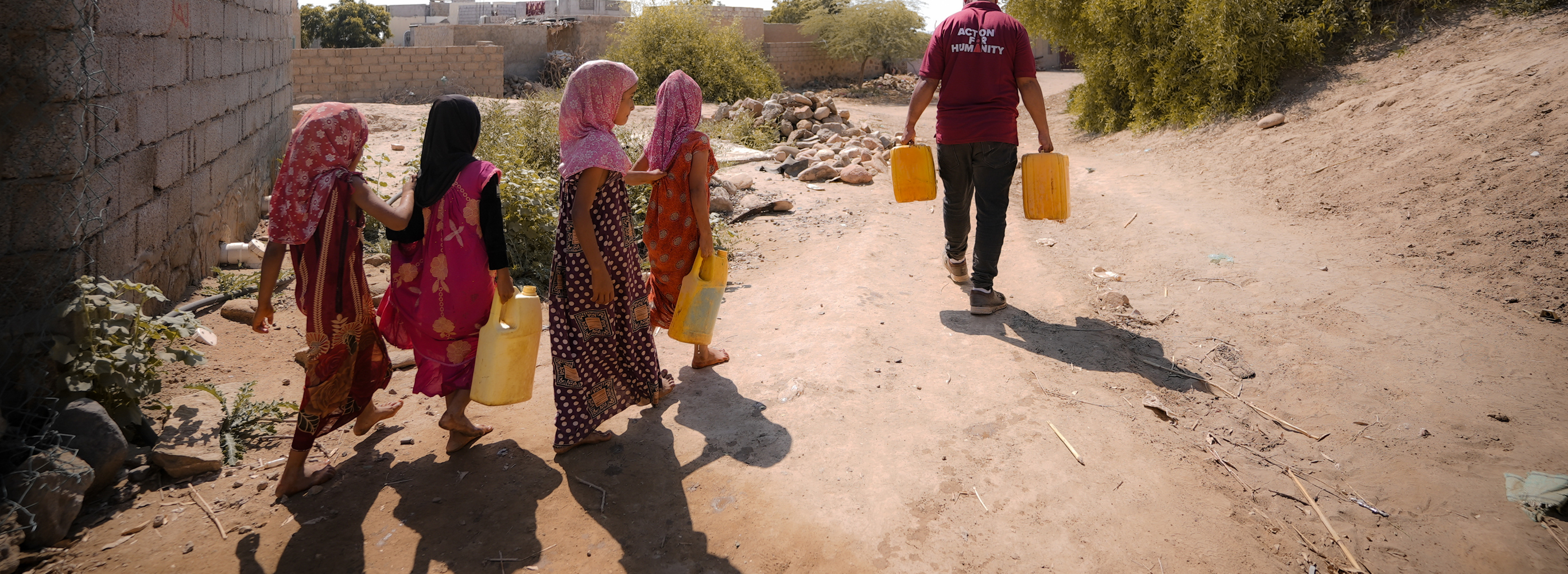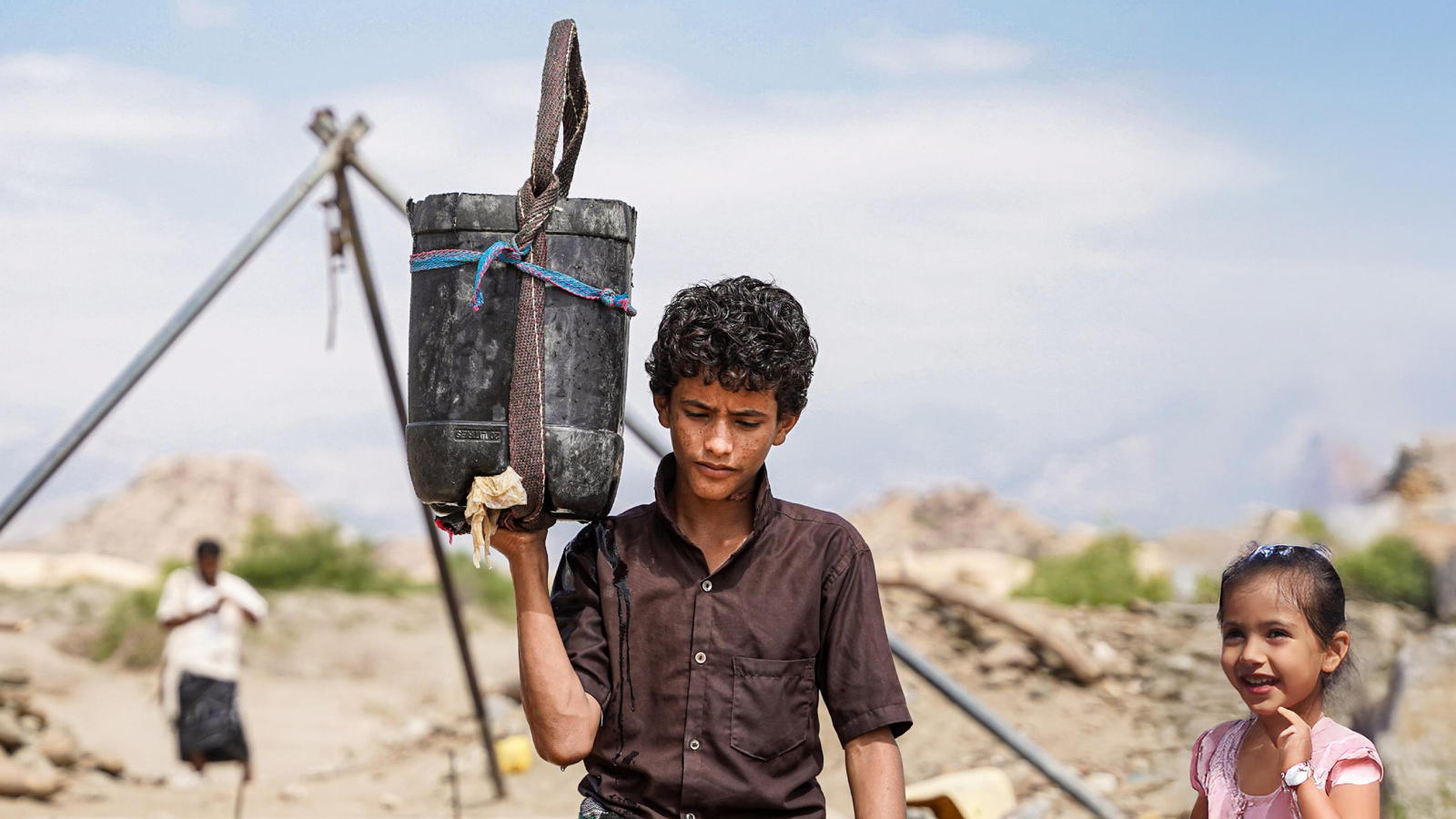
OUR
WORK IN YEMEN
Yemen faces a severe humanitarian crisis, with 23.4 million people needing assistance. Support our response efforts.
What's Going On?
After a decade of war, Yemen faces one of the world's most severe humanitarian crises. Around 4.5 million people—14% of the population—are internally displaced, and over 3 million have been forced to flee the country.
Seventeen million Yemenis are experiencing acute food insecurity, including 5 million people on the brink of famine. Urgent action is needed to prevent this devastating crisis from escalating.
Given the escalating crisis in Yemen, we recognised the urgent need to assist those ravaged by war, famine, and disease. Over the past two years, we have actively provided essential aid in Yemen, aiming to expand our efforts further into the North and reach overlooked areas in the South.
 Quick Donate
Quick Donate
Empowering
Local Fisheries
Yemen’s fishery sector plays a crucial role in economic recovery and resilience. Together with local and international partners, Action For Humanity is empowering small-scale fisheries, ensuring sustainable livelihoods for coastal communities.
Fishermen, women, and children face immense challenges in maintaining their fisheries, as war and destruction have damaged their boats, engines, and nets beyond repair. Without proper equipment, many are unable to work, leaving them and their families without a source of income.
As of early 2025, Action for Humanity has assisted families in some of Yemen’s most impoverished areas by providing assets and cash assistance alongside business training. This project improved the resilience of 480 households by providing livelihood opportunities to those most in need.
With your support, we can continue expanding workshops, providing essential repairs, and restoring the livelihoods of Yemen’s fishermen.


Frequently Asked Questions
How does AFH provide orphan and child welfare?
Yemen's children are growing up through one of the world's worst humanitarian crises. Roughly 1.1 million children in Yemen are orphaned due to the ongoing conflict. These children require financial support for essential items such as food, clothing, and school costs. With health facilities closed or partially functioning due to war, millions of children are vulnerable to diseases on top of an existing famine and poverty crisis.
Through our Orphan Sponsorship Programme, we minimise the risk, harm, exploitation, and abuse of children. In 2022, we sponsored 46 children by providing their guardians with monthly cash assistance to meet each child’s essential needs.
How is AFH providing access to clean water?
More than 16 million Yemeni people, including 8.47 million children, urgently need water, sanitation, and hygiene (WASH) assistance. This forces increasing numbers to resort to harmful coping mechanisms, increasing the risk of malnutrition and waterborne disease.
We provide thousands of people with access to safe drinking water through various projects. These include building water tanks, drilling new wells, installing solar-powered pumps and providing chlorination tablets.
How is AFH helping impoverished areas in Yemen?
We assisted families in some of Yemen’s most impoverished areas by providing assets and cash assistance alongside business training. This project improved the resilience of 480 households by providing livelihood opportunities to those most in need.
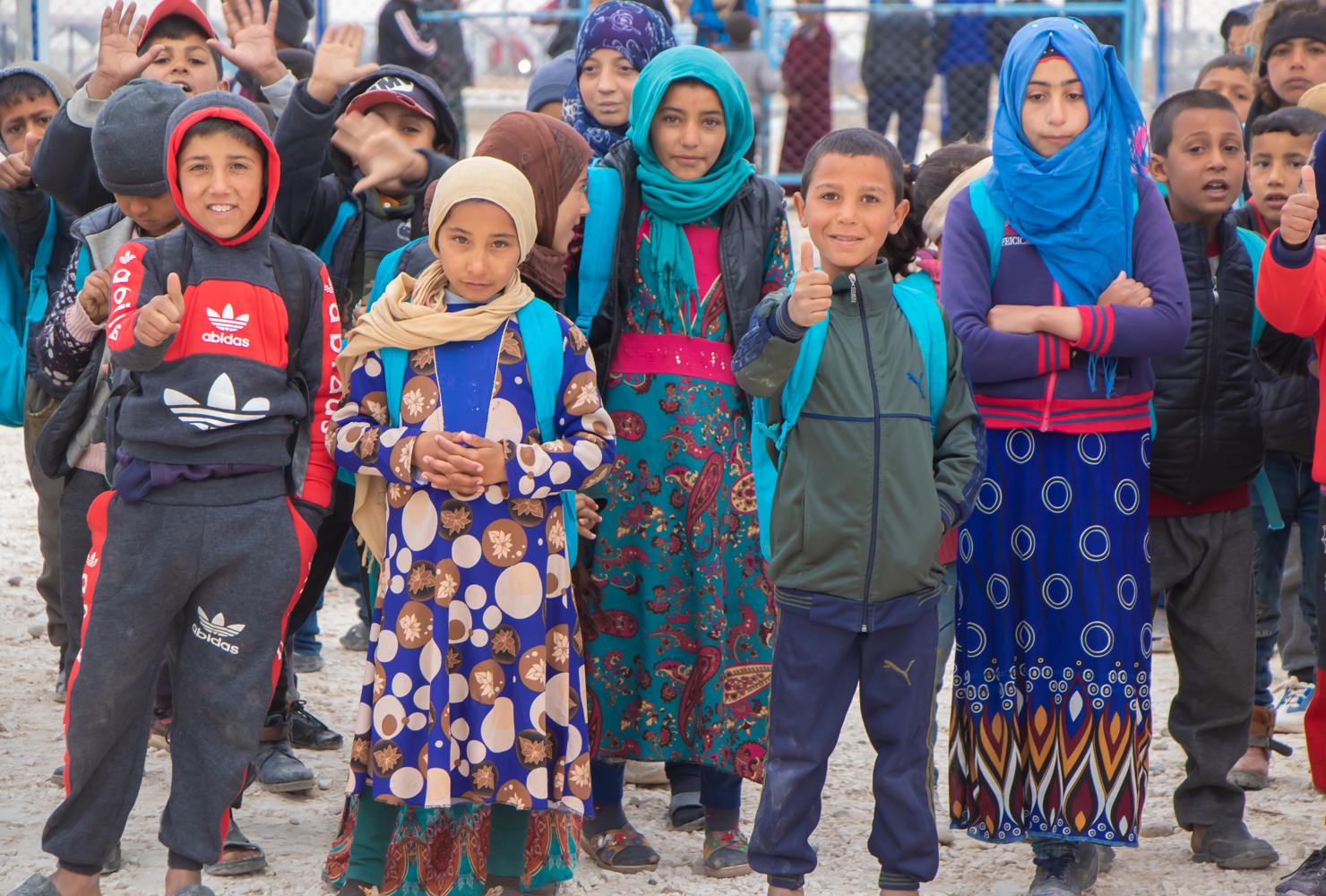
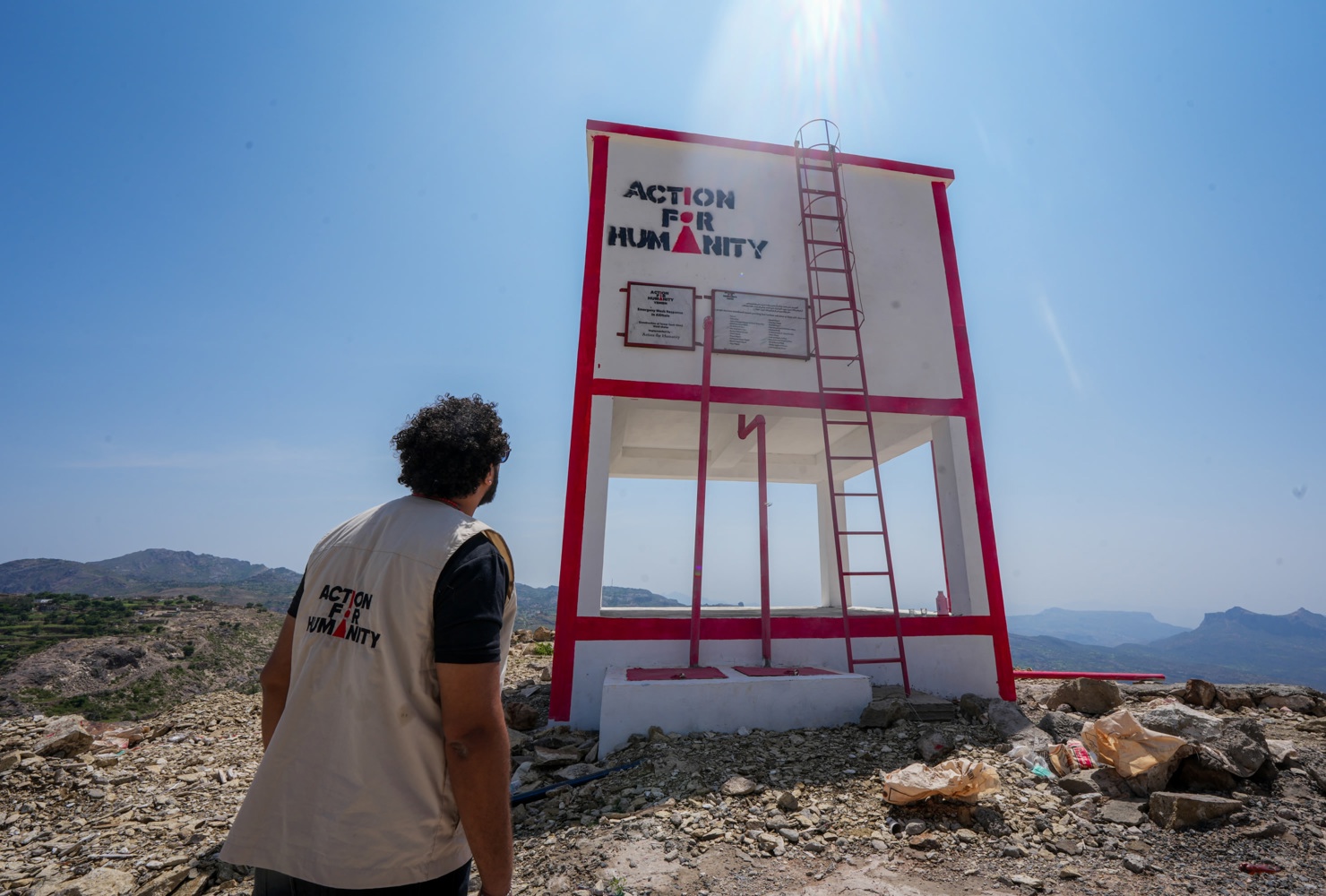
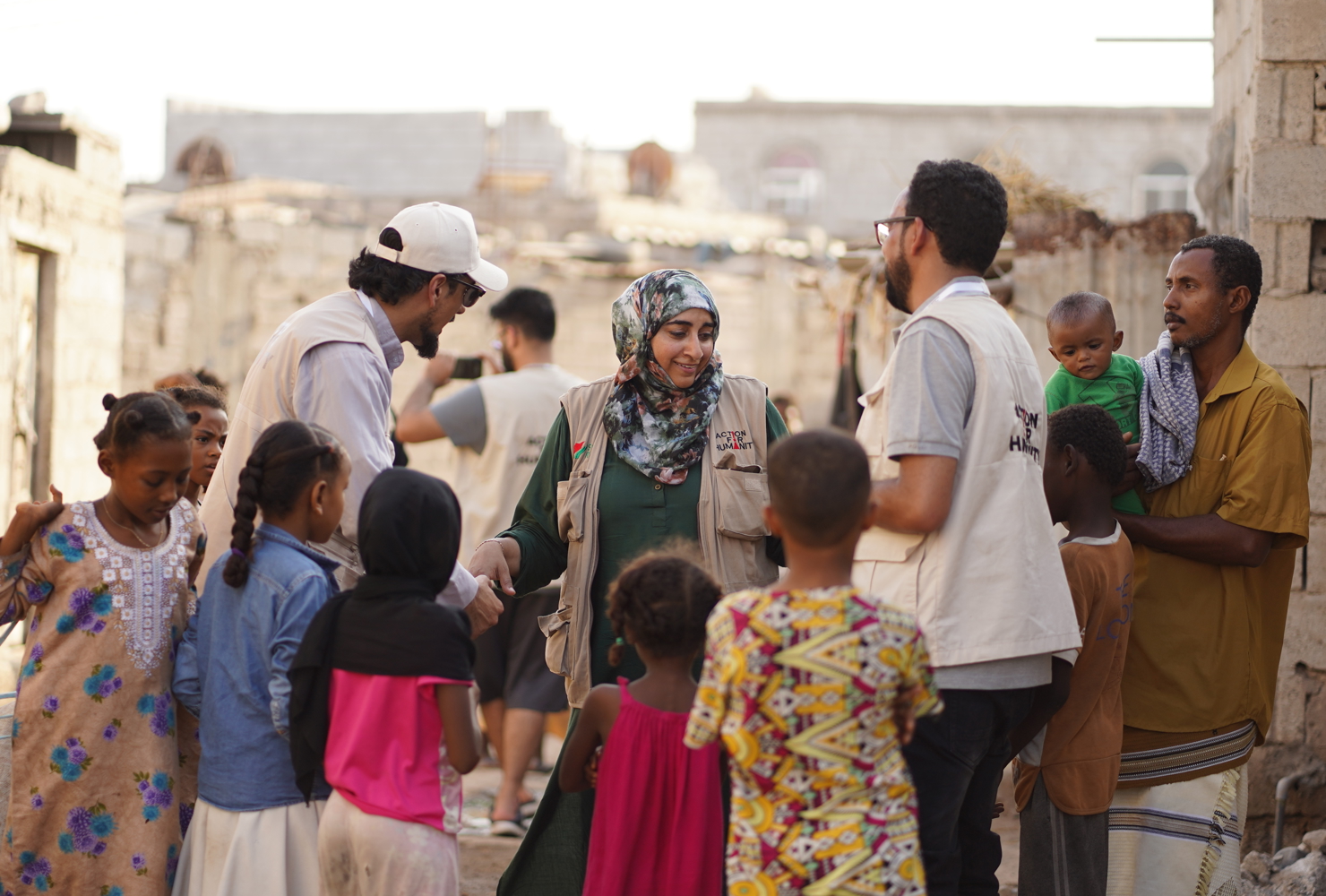
OUR APPEALS
Together, we can bring hope and relief to those in need. Explore our current appeals and see how your support makes a lasting impact on lives around the world.

REBUILDING SYRIA
The ongoing crisis in Syria has left millions of families displaced, vulnerable, and in desperate need of life-saving assistance.
LEARN MORE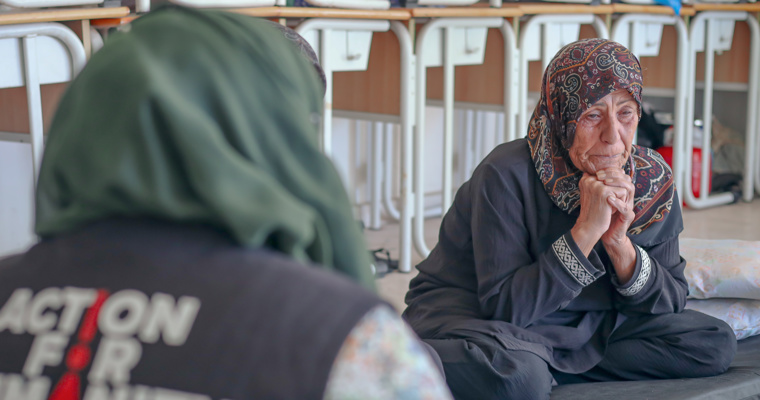
LEBANON EMERGENCY
Lebanon is facing an unprecedented humanitarian crisis due to economic collapse, political instability, and conflict.
LEARN MORE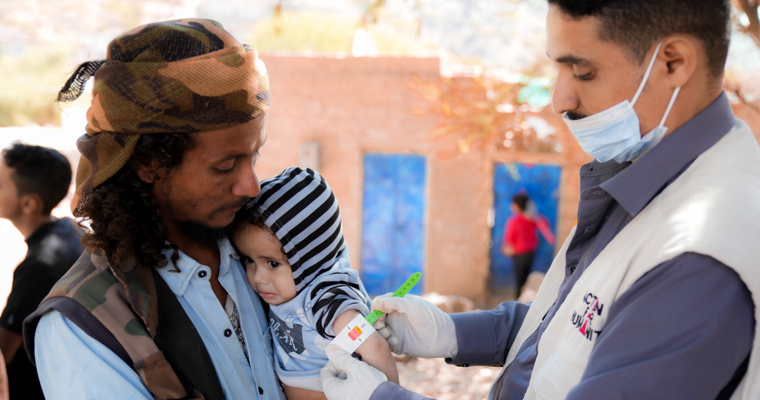
YEMEN APPEAL
Yemen remains one of the world’s worst humanitarian crises. Around 23.4 million people need humanitarian assistance.
LEARN MORE
